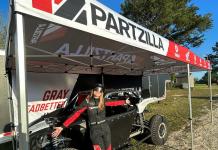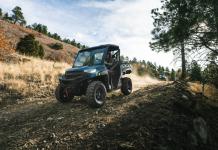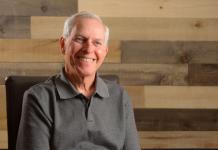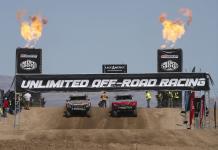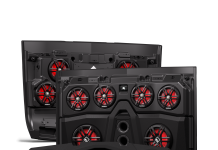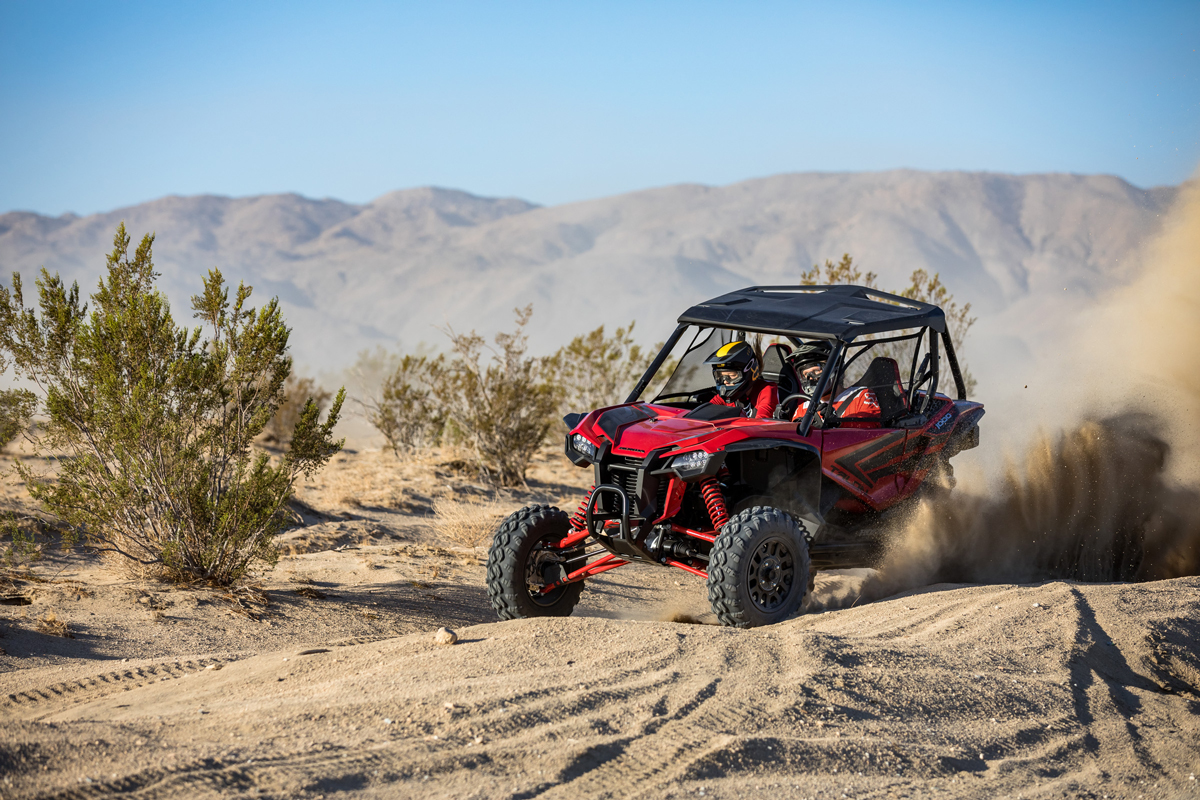Drey Dircks
Manager, Chief Engineer, Honda R&D America
A former professional motocross and off-road motorcycle racer, Drey Dircks has worked with Honda R&D America for 25 years. Based in Honda’s Marysville, Ohio, facility, he leads projects to assure powersports products meet North American market requirements.
How did Honda R&D America work on the Talon?
We designed them from the ground up at this office. We set concept targets, and then from the overall concept it was broken down into function-group targets. You have handling, stability, noise/vibration, braking, power performance—a lot of different groups that all set individual function targets to achieve a concept target. There’s a whole process that we go through, and my role as one of the evaluators is to understand if that’s enough to meet our concept targets through the entire development. Setting the targets happens before the project is kicked off, and then the kickoff gives everybody focus and direction.
What was the biggest challenge during the development process?
All the function groups are interrelated, so one affects the other. We have really aggressive handling stability targets because that was one of the highest priorities of the vehicle for this concept; we wanted good, predictable, confidence-inspiring handling. At the same time, that could impact top performance, noise/vibration, braking, things like that. Achieving our handling stability targets was very challenging. We went from 10 inches of travel on the Pioneer 1000 to 18 and over 20 inches of travel on the Talon models. We had ambitious targets, and we were able to achieve them. I believe that’s down to technical knowhow and attention to detail.
What was the biggest surprise in testing the prototypes?
I mentioned the challenge of achieving our handing stability targets, but it was surprising how well it worked when we got a handle on that. We made great strides, and when people drive this vehicle initially, they notice the predictable, confidence-inspiring handling.
What can you say about the testing process?
I can say that Honda’s standards are the highest in the industry. Our durability standards are the most grueling and aggressive, and the results demonstrate that in comparison tests. We create worst-case conditions, and we do that for a very long time to ensure that quality is achieved.
Are the testing days ever challenging for the test drivers?
You know, there are quite a few of those actually! [Laughs] We want to take the vehicle to the limit, so some of our test modes are to go to the hottest place and do X amount of time in sand dunes, wide-open throttle, things like that, to really take the vehicle to the limits so there are no quality issues for the customers.
Do you do any testing that is too dangerous to even have a person in the vehicle?
Yes we do, and then for high-potential-risk items, we have high-level drivers to what we call limit testing.
What happens to the prototypes?
All prototypes are crushed when we’re finished. They’re hand-modified, things like that, so because we can’t guarantee safety or quality of prototypes, they’re all destroyed. Twenty years ago, I used to feel bad to watch them go, but now it doesn’t faze me. It can be hard for the engineers who put their lives and souls into the prototype, but that sad feeling all goes away when you see a new, mass-production unit on the showroom floor. I think that the Honda philosophy of the Joy of Creating and the Joy of Selling is why everybody in this office is doing what we do. That high passion is probably the biggest strength for Honda in North America, for Powersports. The engineers are enthusiasts and want to build a good product for the customer. There’s a lot of hard work and long hours these engineers have into it, and I think they’re really excited to see it out in the market and show off everything they’ve been working on.
How does this project compare to others you’ve done at Honda?
The Talon was a new segment, pushing the boundaries of suspension and geometry to a very high level, so I would say it’s the most challenging project we’ve done in this office.


